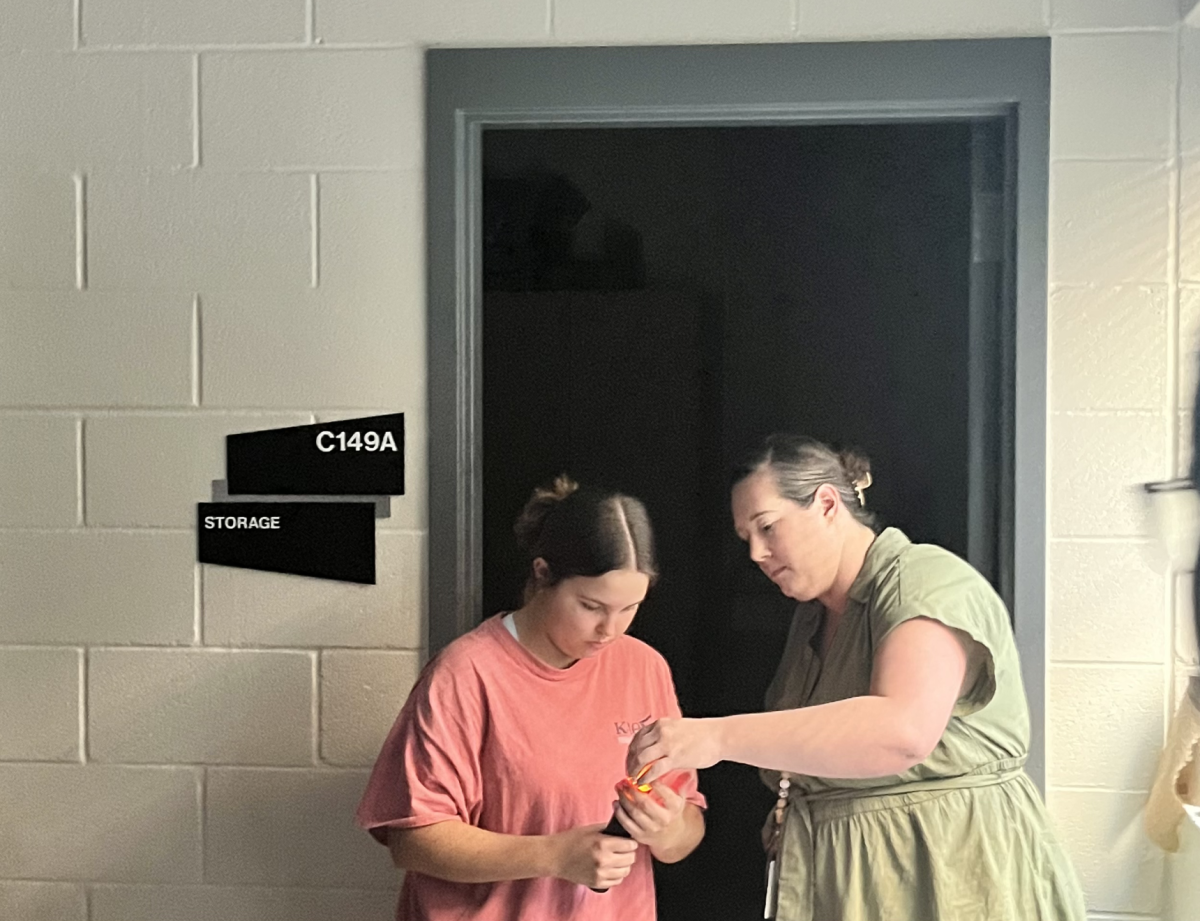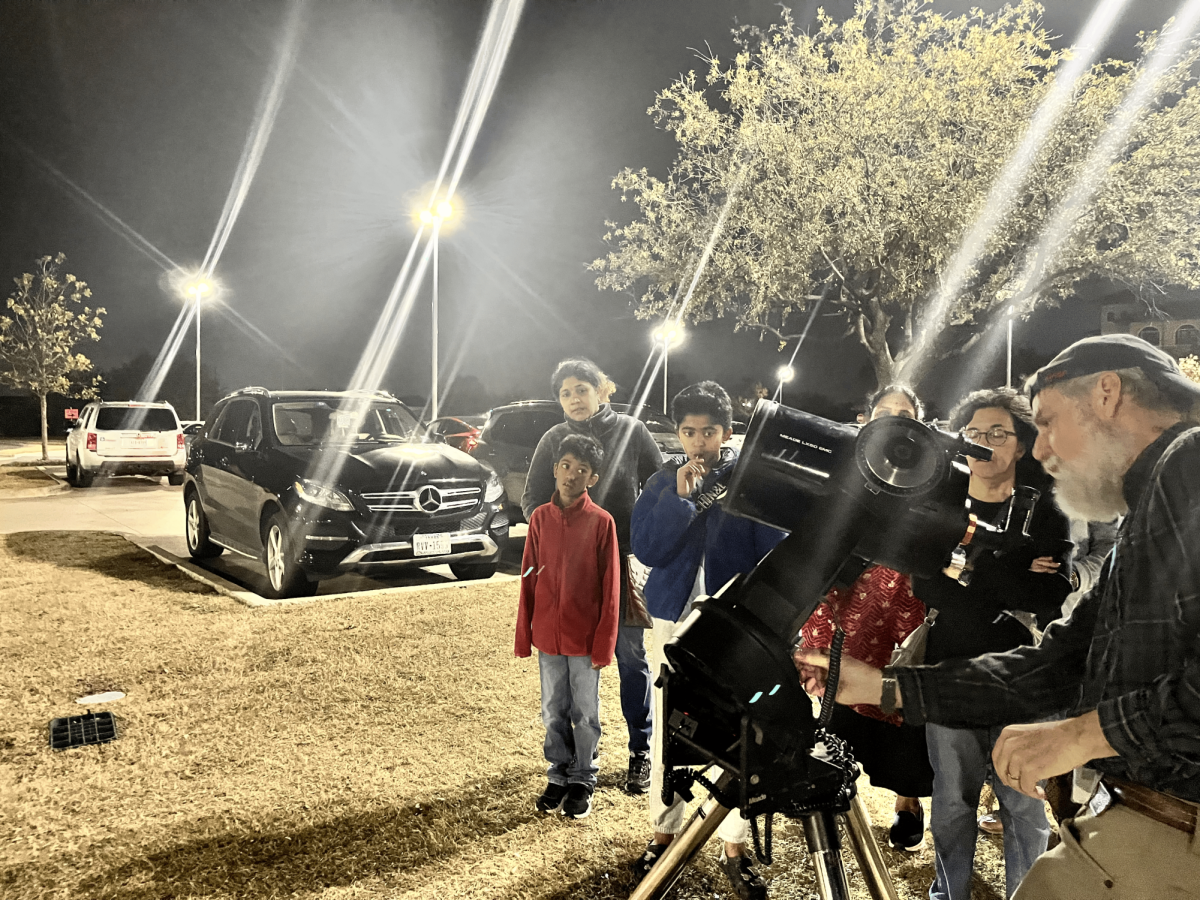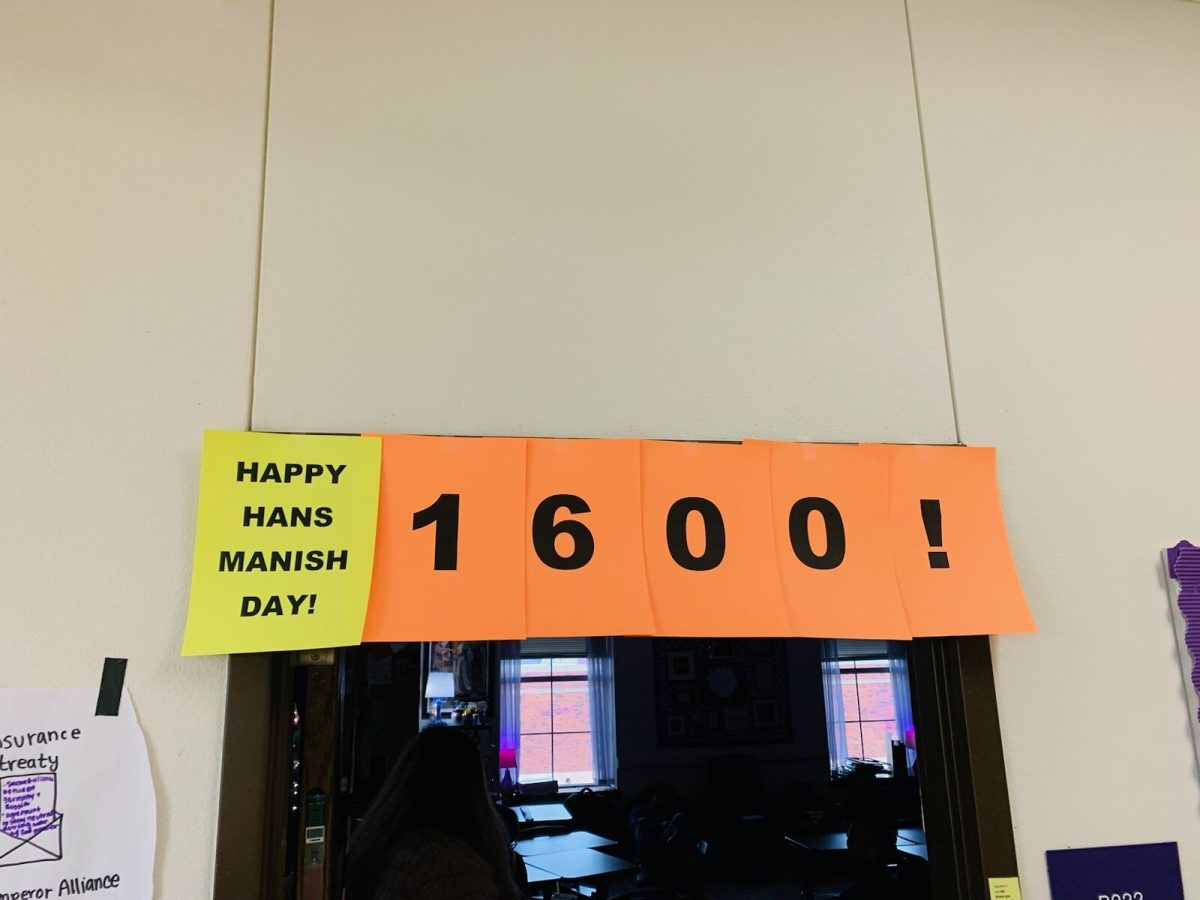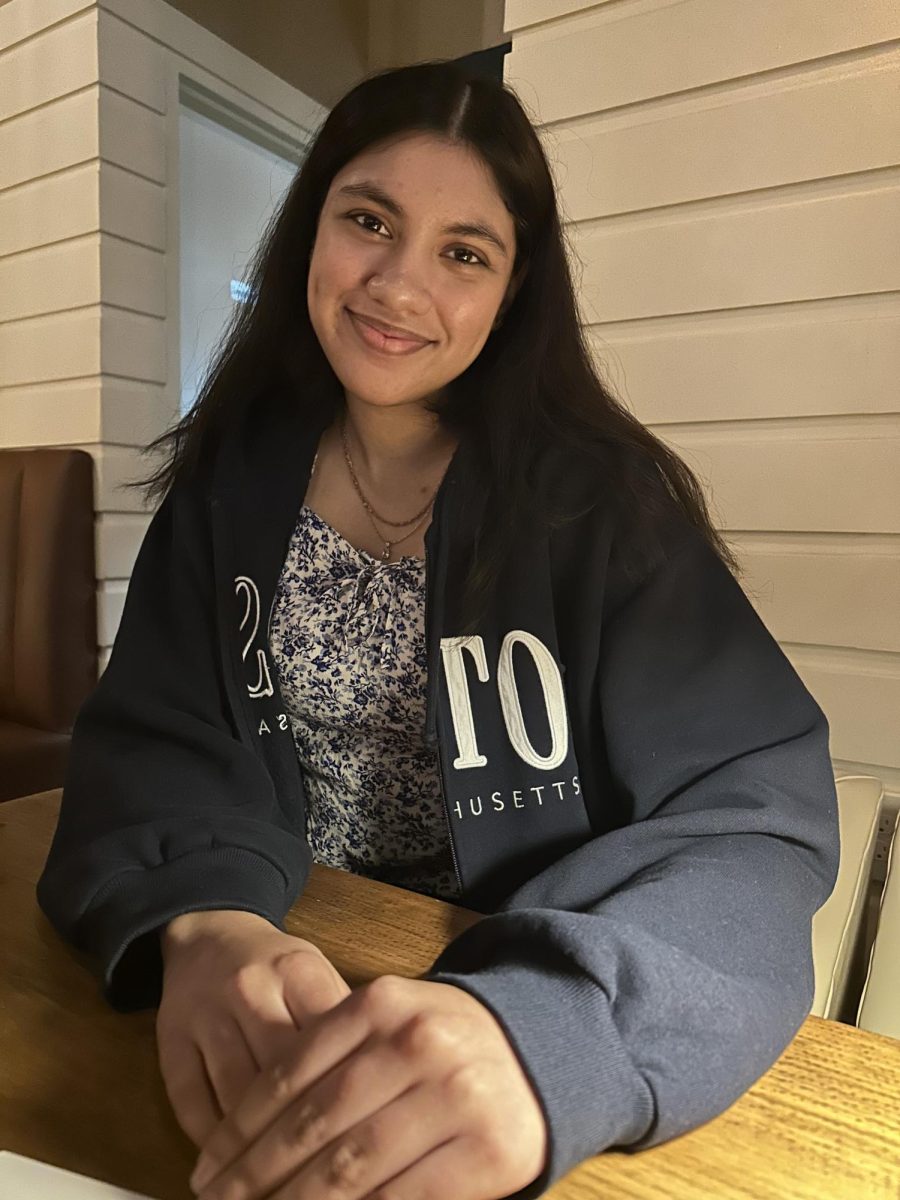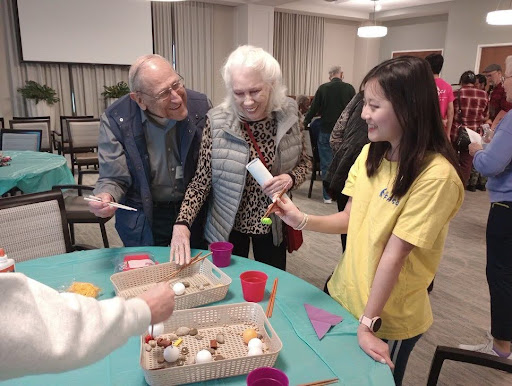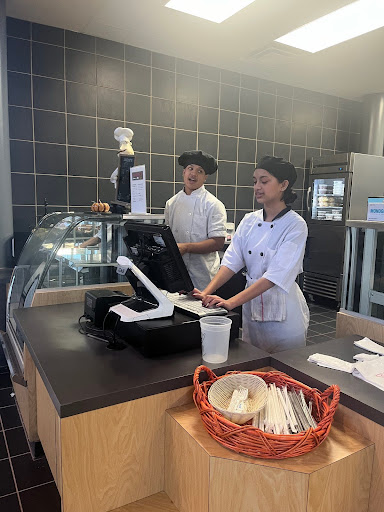The US Report estimates that approximately 41% of non-able-bodied adolescents participate in sports teams (Human Kinetics Journal). As the necessity for programs targeting those with disabilities increases, the range of opportunities for these young athletes is steadily growing.
Among these is wheelchair basketball.
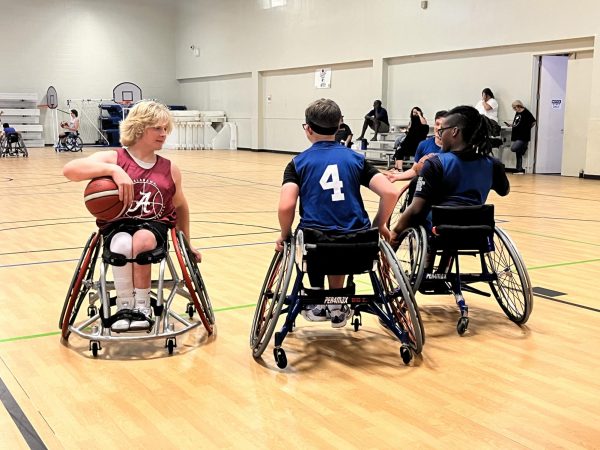
The sport, first introduced at the Paralympics in 1960, has spread to nearly 100 countries, including the U.S., and more locally, the Dallas-Fort Worth area.
The Dallas youth league, known as the Dallas Junior Wheelchair Mavericks, originated in 1979, and aims to encourage young athletes with disabilities to enter the sport. Designed to develop both aspiring professional and recreational players, the league itself is split into three teams: Prep, for younger elementary students, Futures, for middle school athletes, and the upper-level Varsity division.
“The Dallas Junior Wheelchair Mavericks’ [main] goal is to get kids with physical disabilities involved in sports– in this case, wheelchair basketball,” Darlene Hunter, the Mavericks varsity head coach, said. “We want everybody to have the ability to be a part of sports, [while] givi[ng them] the opportunity to be competitive [through] a healthy physical outlet. [In fact], some of the kids are here to go to the highest [competitive] level in college, [and] potentially make a Paralympic team in the future.”
“I’m very much about the basics,” said Prep coach Jim Mosely, who shifted from coaching able-bodied basketball to its adaptive wheelchair counterpart. “I grew up playing basketball– it’s a team sport– so as a coach, it was evaluating [the] skill sets for each of the kids. [For some], it’s a focus on ball-handling, [while for others it’s] being a vocal leader. By helping everybody to play a role, we can be a complete team.”
Aside from just technical skills, the league focuses on developing a sense of independence for its players. To instill responsibility, the teams follow the Texas ‘No-pass, No-play’ philosophy, which requires students to pass all of their courses to be able to compete in sports.
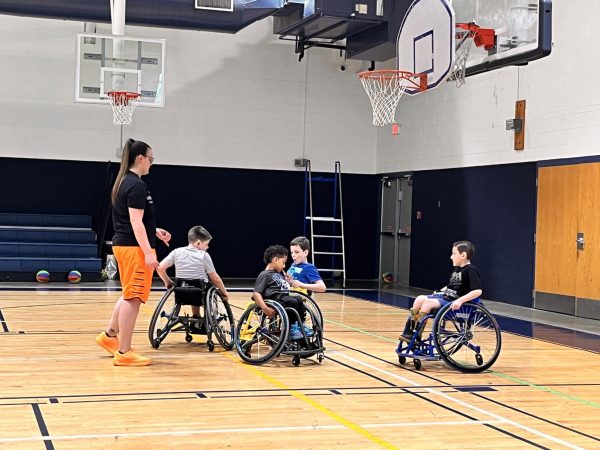
“I think we do a good job of continuing the culture where, ‘yes, you’re a basketball player, but you’re so much more than that [as well],’” said Varsity coach Tyler Malone, who returned to coach the team after playing the sport in college. “That was always the culture of the team– we’re athletes, but we’re also people that need to be out in the world living independently. Having those values instilled early on was really beneficial.”
Despite the community it provides, the sport still faces challenges regarding funding and awareness. IHS sophomore and Varsity player Aarya Krishnan, who competes in adaptive track and field along with playing for the team, notes common misconceptions about the sport.
“People just assume that wheelchair basketball– or any adaptive sport– is slower,” Krishnan said. “[Some] don’t even know that there’s a Paralympics. There definitely needs to be more awareness that disabled people can do the same stuff as others [who are able-bodied].”
For aspiring collegiate athletes like Varsity player Charlie Zerzan, the league prepares its members to not only compete professionally, but to give back to their communities.
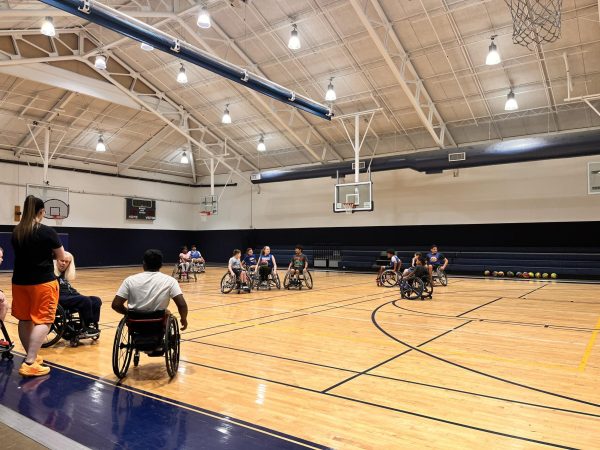
“Something that I want to do is [come] back and coach, or at least be a part of the [league],” said Zerzan, a senior at Southlake and four-year member of the team. “In college, I want to get better in every way I can. Everyone has trainers, private facili[ties] to work out, [and] practices almost every day. It’s going to be exciting.”
Ultimately, the league– and the sport as a whole– has a lasting impact on coaches and players.
“I can’t put a value on it– if I didn’t have wheelchair basketball, I probably wouldn’t be close to where I am now,” Malone said. “Focus on the journey, not the destination. That’s the biggest thing. Just stay in the ‘right now,’ and you’ll get [to] where you want to be.”

